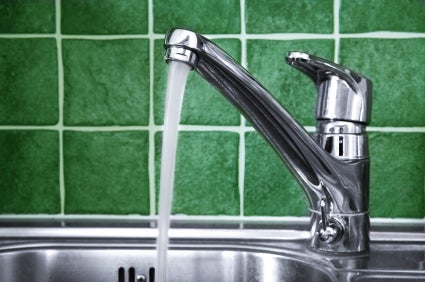How To Correct Low Water Pressure
In older homes, it is not uncommon to find low water pressure. A few things can cause this ranging from simple fixes any homeowner can do to plumbing remodels. The first thing to do is determine if there is adequate water pressure coming into the property. If the water comes from a municipal source, you can contact them and ask for the available water pressure to your home. They may even be able to come to your home and help you determine the cause for the low water pressure. If you receive your water from a water association, the same thing applies. If your water comes from a private well, you can check the gauge at the wellhead or on the pump tank for the water pressure setting.
Things to check
- Each faucet in your home with the exception of the bathtub spouts has an aerator that screws into the spout opening.
- Unscrew each aerator and check it for dirt and debris.
- You can clean the aerators by soaking them in a container of vinegar (white or distilled). Then rinse them in clean water and reinstall them.
- You can also replace any aerators that are damaged or that you are unable to clear by soaking.
- Look at the exposed water lines in the basement or crawlspace. If they are gray or silver in color they are galvanized. Galvanized water lines collect rust, dirt and debris on the inside walls which restricts water flow. This usually happens only on the horizontal water lines and inside the elbow fittings.
- Follow the water line that comes into your home. Somewhere on that water line you will find a shut off valve.
- Inspect that shut off valve. It may be an old style globe valve that was originally designed for use on steam lines. It may also be an old gate valve. Either valve can cause restriction to flow.
- You may need a professional plumber to identify the valve type and replace it with a modern ball valve, which is designed for full flow.
Tips
Working on old water lines can cause dirt and debris inside the pipes to become dislodged. This material can then flow up to faucets and plug aerators or even plug the lines leading to the faucets. So, remove all the faucet aerators before beginning work on the old water lines. Open the faucets wide and flush them well immediately after turning the water on.
When working on old galvanized pipe the point where the threads enter a fitting is the thinnest part of the pipe. Expect the pipe to break at these points.
In replacing aerators, you may need to purchase aerator adapters to transition from one thread size or type to another.
Discuss this and other Home Improvement Topics in our How To Forum





